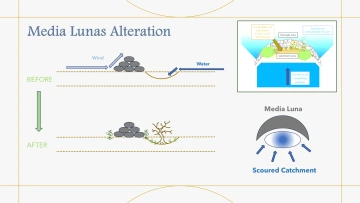The CESM program includes exploratory research led by University of Arizona faculty interested in developing novel research and education initiatives addressing technological and cultural innovations critical to mining sustainability, repurposing of mine wastes or mine workforce development. The goal of this research is to encourage UArizona investigators to address environmental and social issues associated with the impacts of mine development, operation, and closure, either in partnership with the mining industry or other stakeholders impacted by mine operations. CESM aims to engage in cutting-edge research, which is informed by close, consistent engagement with industries, regulators, and communities impacted by mining. Preliminary data generated from this program is used to support future industry-academic initiatives or federally/state funded grants focused on mining sustainability.
On this website, we highlight current and past CESM pilot research and community development projects pursued since 2011. Examples of projects organized by CESM researchers include mine waste reclamation, control and monitoring of fugitive dust emissions from mine sites, remote monitoring of tailings storage facilities, and mining and education modules for the Tohono O’odham Community College. Scroll down to view our exploratory research projects and click here to browse our associated UA sustainable mining grants.
If you would like to learn more about CESM research focused on sustainable mining and repurposing of mine wastes, please contact the CESM Director at CESM@cals.arizona.edu.







